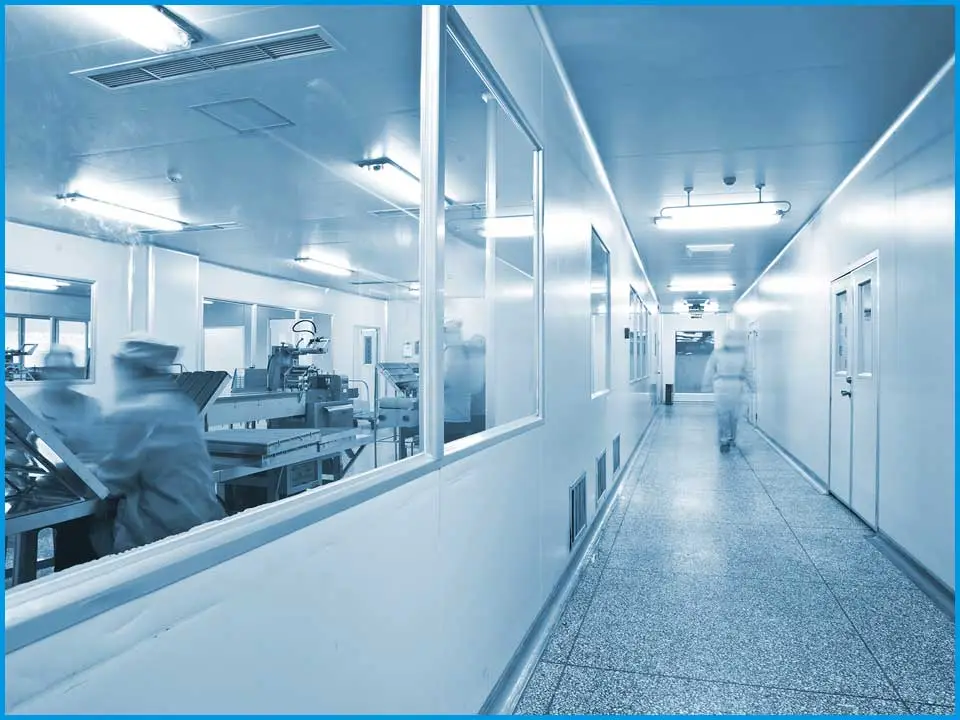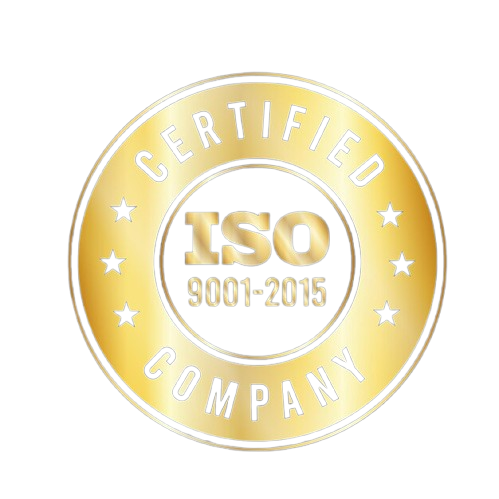5 Common Cleanroom Design Mistakes and How to Avoid Them
Designing a cleanroom is a complex process that requires precision, compliance with stringent standards, and attention to detail to ensure a controlled environment that meets industry requirements. However, despite the best intentions, design mistakes are common and can lead to issues ranging from contamination risks to excessive energy costs and non-compliance with regulatory standards. Understanding and avoiding these common cleanroom design mistakes is crucial for industries such as pharmaceuticals, biotechnology, electronics, and medical devices, where contamination control and strict adherence to standards are paramount.
At Wise Link, we specialize in cleanroom design solutions that prevent these common pitfalls, helping clients achieve a cleanroom environment that is efficient, compliant, and cost-effective. This guide explores five frequent cleanroom design mistakes, their implications, and how to avoid them to create a high-performance cleanroom.
1. Neglecting Proper Airflow Management
The Mistake:
One of the most critical aspects of cleanroom design is airflow management. Cleanrooms rely on controlled airflow patterns to ensure that contaminants are directed away from sensitive areas. A common mistake in cleanroom design is failing to implement proper airflow patterns, which can lead to dead zones (areas with stagnant air) where contaminants accumulate. This oversight can compromise the cleanliness standards of the room, impacting both product quality and compliance.
Why It Matters:
Airflow patterns, including laminar and turbulent flows, are essential to controlling particulate movement. Without proper airflow, contaminants can circulate freely, putting sensitive processes at risk. This is particularly critical in higher ISO-class cleanrooms where air quality standards are strict.
How to Avoid It:
To avoid airflow issues, it’s essential to conduct a comprehensive airflow analysis during the design phase. This includes evaluating the placement of HEPA or ULPA filters and air returns to maintain consistent airflow. Additionally, cleanrooms should be designed with positive air pressure relative to adjacent spaces to prevent contaminants from entering. At Wise Link, we implement customized HVAC systems with optimized airflow patterns, ensuring that cleanrooms meet their designated ISO classifications and provide a contamination-free environment.
2. Inadequate Material Selection
The Mistake:
Choosing the wrong materials for walls, flooring, and equipment is a common mistake that can lead to particle shedding, chemical reactivity, or even microbial growth. Materials that are prone to corrosion, emit volatile organic compounds (VOCs), or are difficult to clean can introduce contaminants into the cleanroom.
Why It Matters:
Cleanroom materials should be non-shedding, chemically inert, and easy to sanitize to maintain cleanliness and compliance. The use of inappropriate materials not only affects air quality but can also lead to increased maintenance costs and frequent repairs.
How to Avoid It:
Select materials specifically designed for cleanroom environments, such as stainless steel, epoxy resin flooring, and PVC-coated panels. Materials should be durable, resistant to cleaning agents, and compliant with ISO and GMP standards. Wise Link offers modular cleanroom panels made from high-quality materials, such as stainless steel and specialized coatings, ensuring a sterile and durable environment. Additionally, our materials are carefully selected for compatibility with different industry requirements, providing clients with peace of mind regarding both performance and compliance.
3. Overlooking Cleanroom HVAC Requirements
The Mistake:
A well-designed HVAC system is essential for maintaining temperature, humidity, and pressure control in a cleanroom. One of the most frequent design mistakes is underestimating the HVAC requirements, which can lead to inadequate control over environmental conditions, affecting both air quality and process stability.
Why It Matters:
HVAC systems in cleanrooms control air quality by managing temperature, humidity, and pressure to limit airborne contamination. An improperly designed HVAC system may fail to remove sufficient particles, cause fluctuations in humidity levels, or struggle to maintain positive pressure—all of which can lead to contamination issues and regulatory non-compliance.
How to Avoid It:
Designing an effective HVAC system for cleanrooms requires a thorough understanding of ISO requirements, industry regulations, and the specific needs of the facility. Consider factors such as temperature and humidity control, air change rates, and pressure differentials to support your cleanroom’s classification. Wise Link customizes HVAC systems to align with these standards, incorporating HEPA and ULPA filters, energy-efficient components, and monitoring capabilities to ensure consistent environmental control.
4. Inadequate Personnel and Process Flow Design
The Mistake:
Personnel movement and material handling are critical to contamination control, yet cleanroom designs often neglect to create clear pathways for personnel and materials. This oversight can lead to cross-contamination, with contaminants being brought into the cleanroom or spread within the facility.
Why It Matters:
In cleanrooms, people are a significant source of contamination. Without a well-defined personnel and material flow system, contaminants can enter and circulate in sensitive areas. Proper flow design is crucial to maintaining cleanliness standards, reducing contamination risks, and complying with industry guidelines.
How to Avoid It:
Implement zoned access controls for personnel and material flow within the cleanroom. Designate areas for gowning, de-gowning, and equipment entry and exit to minimize contamination. Use airlocks and pass-through chambers for materials to limit exposure to contaminants. At Wise Link, we work closely with clients to design efficient personnel and process flow systems, creating pathways that reduce contamination risk and streamline operations.
5. Insufficient Testing and Validation
The Mistake:
After constructing a cleanroom, thorough testing and validation are required to confirm that it meets the required cleanliness standards. A common mistake is to underinvest in this phase or to skip essential testing protocols, which can result in unidentified contamination risks and potential regulatory issues down the line.
Why It Matters:
Validation ensures that the cleanroom performs according to ISO standards and meets the cleanliness level for its designated class. Insufficient testing leaves the facility vulnerable to undetected contamination risks, potentially impacting product quality and regulatory compliance.
How to Avoid It:
ISO 14644 and GMP standards require extensive testing for airflow, particle count, temperature, humidity, and pressure. At Wise Link, we conduct rigorous testing and validation to ensure that our cleanrooms meet and exceed ISO and industry-specific standards. Our services include routine monitoring, particle count testing, and environmental parameter tracking to ensure that clients maintain optimal conditions over time.
Achieving Optimal Cleanroom Performance with Wise Link
Designing a cleanroom requires careful planning, a deep understanding of industry standards, and an awareness of potential pitfalls. By addressing common cleanroom design mistakes, businesses can create environments that meet cleanliness standards, reduce contamination risks, and support efficient operations. Wise Link’s expertise in cleanroom design allows us to support clients at every stage, from material selection and airflow management to HVAC design and validation. Our goal is to deliver cleanroom solutions that align with ISO standards, ensuring performance, compliance, and peace of mind.
Ready to build a compliant, efficient cleanroom? Contact Wise Link today to discuss your cleanroom design needs and learn how we can help you avoid common pitfalls and achieve lasting performance.
Eliminate Design Errors with Wise Link’s Expertise
Our team specialises in cleanroom solutions that meet ISO standards and industry-specific requirements. Contact Wise Link to design a cleanroom that avoids common mistakes and maintains quality control.




